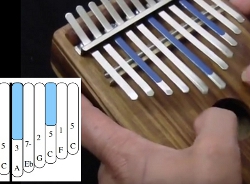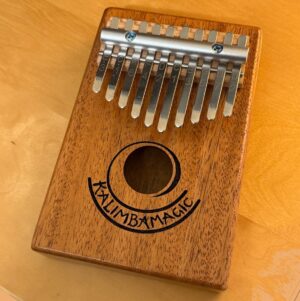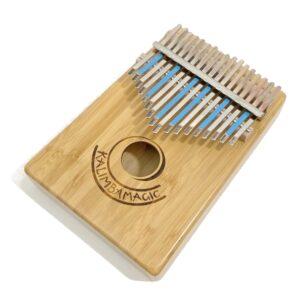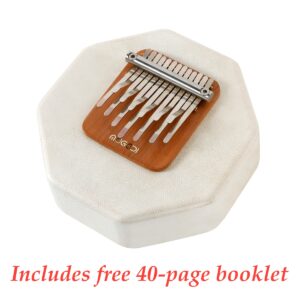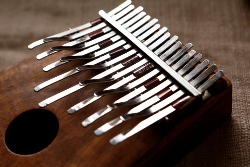
TIP: A Karimba Improvisational Strategy Part 5
The third intervals Exploring the third intervals This is an exercise which uses every “third” interval (some are major thirds, some are minor thirds, but that is not our focus right now) in the lower row tines. They sound great and there are a lot of them. At measure 4, make sure that you start on the correct two notes, as you can start out incorrectly but it still sounds right. In measures 1 and 2, try playing the two indicated notes with the right thumb and right index finger. The long range plan in this series: the right thumb will play something low, strong, and supportive while the left
